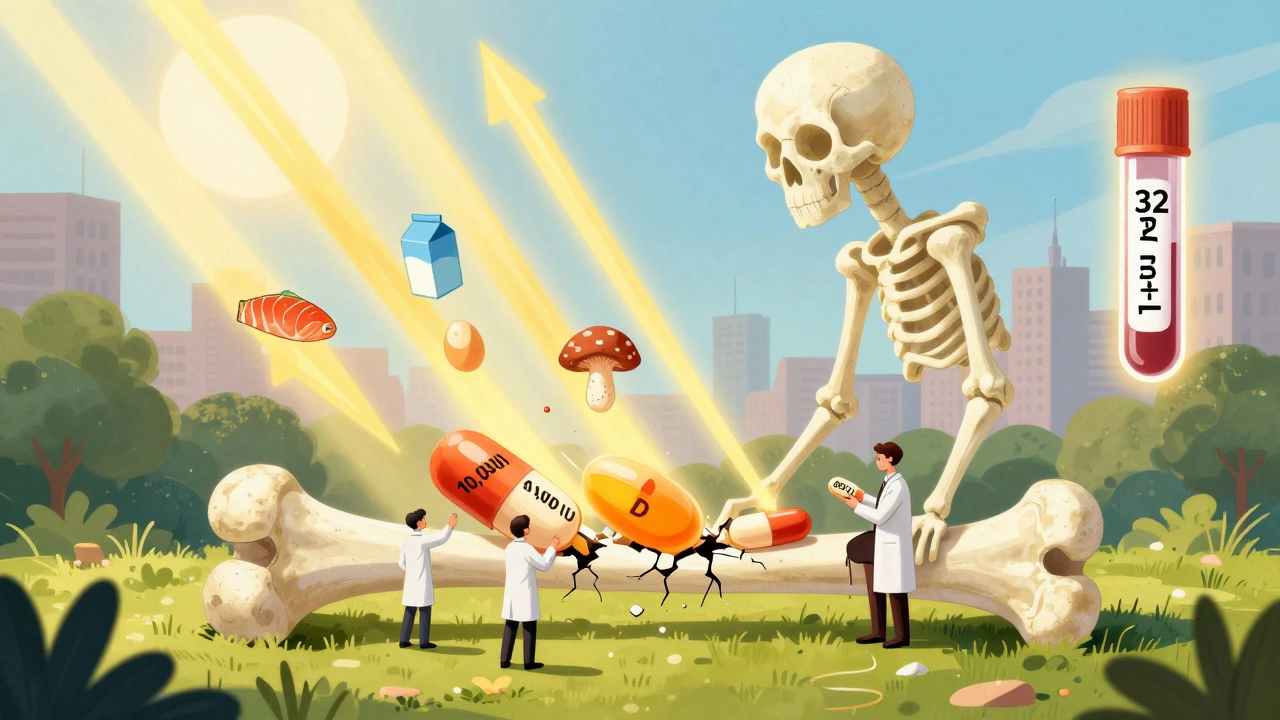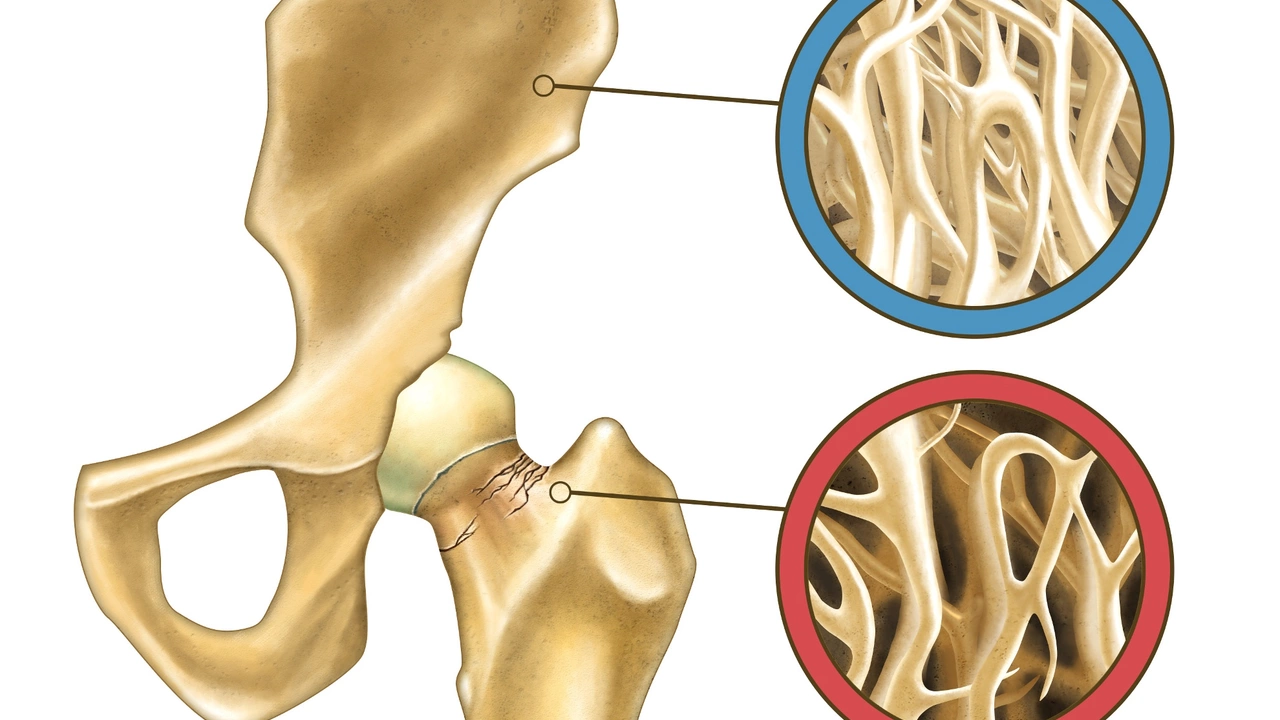Bone Health: What Actually Helps Your Bones Stay Strong
One in three women and one in five men over 50 will break a bone because of weak bones. Scary, right? The good news: small daily changes cut that risk a lot. Here’s what works, what to watch for, and quick steps you can use today.
Simple habits that build stronger bones
Eat enough calcium and vitamin D. Aim for about 1,000–1,200 mg of calcium a day (food first: dairy, sardines, fortified plant milk) and 800–1,000 IU of vitamin D. If you’re not getting sunlight or your blood levels are low, a supplement helps — ask your doctor for a blood test first.
Do weight-bearing and resistance exercise. Walking, hiking, dancing, or light jogging are weight-bearing. Add resistance work (bands, machines, or free weights) 2–3 times weekly. Balance and mobility drills (tai chi, single-leg stands) cut fall risk.
Build protein into every meal. Bones need protein to repair and stay dense. Aim for a moderate amount across the day — about 1.0–1.2 g/kg body weight if you’re older or recovering from illness.
Quit smoking and limit booze. Smoking lowers bone density. More than two drinks a day raises fracture risk. Cut back if you can.
Practical safety and medical checks
Get a DEXA scan when recommended: women at 65 and men at 70 are common starting points, or earlier if you’ve had fractures, long steroid use, or other risk factors. If your score shows low bone density, your doctor might suggest medications such as bisphosphonates, denosumab, SERMs, or anabolic options. Each has pros and side effects — talk through the trade-offs.
Watch for meds and supplements that interact. Calcium can affect absorption of some drugs; some herbal products change how other meds work. Tell your doctor everything you take, including over-the-counter supplements.
Fall-proof your home: remove loose rugs, add grab bars in the bathroom, keep walkways clear and lights bright. Improve vision and check footwear — good shoes make a big difference.
If you have special conditions — hemophilia, arthritis, or recent surgery — adapt activity. For example, people with bleeding disorders should work with a physio who knows their needs. For osteoarthritis pain, safer pain control and topical options may help you stay active; look into anti-inflammatory strategies rather than avoiding movement.
Small checks that matter: get vitamin D and calcium levels tested if you’re worried, review your meds annually, and set a workout plan you actually enjoy. Consistency beats extremes.
Want more on specific treatments, exercises, or supplements? Browse our articles on joint pain remedies, safer arthritis meds, and exercise tips for people with bleeding disorders to find practical, tested advice you can use today.


